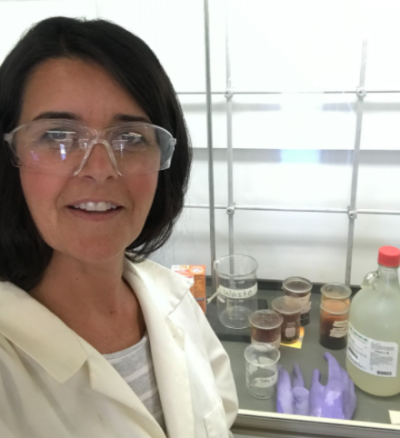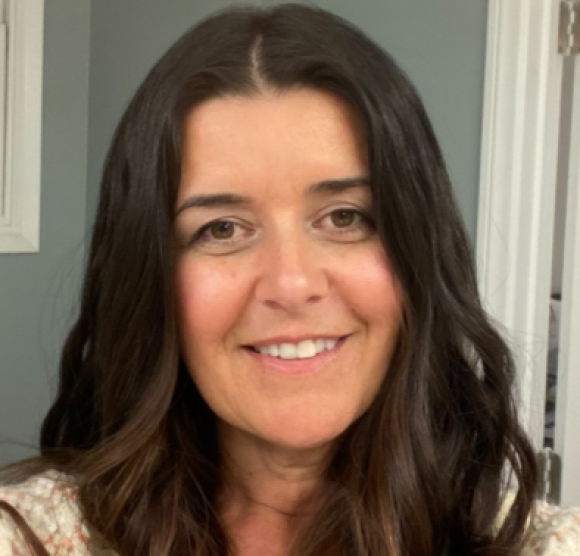This testimonial on the power of the ABE Volunteer Program by ABE Greater Los Angeles Area teacher Carla Davis was based on a single virtual visit when her school was closed during the COVID-19 pandemic. Despite it being remote, the volunteer visit left an impression on Davis’s students at Rancho Campana High School in Southern California. “My students benefited by seeing someone young in the actual workplace talking about their experience in college and on the job,” Davis says.
Part of the Oxnard Union High School District, Rancho Campana is a relatively small lottery school with three academies (in medicine/science, engineering, and performing arts). While many of Davis’s students come into her classes with an interest in science, they typically do not choose to pursue science unless they have meaningful classroom experiences with the topic. Many of the students have a narrow view of career paths, which includes nurses, doctors, lawyers, psychologists, and teachers, and so the volunteer program exposes students to broader opportunities. The ABE experience, including the volunteer visits, she says, “can spark an interest so that students decide they want to pursue a career in science.”
“Students can experience a small sliver of what it would be like to work in a lab every day for the week we are doing ABE,” Davis says. She points to one student who recently decided to pursue biochemistry after participating in the ABE labs. “Students always remember their experience with ABE.”
Though the past year and a half of teaching has been challenging for Davis, with managing all the transitions to and from virtual school, she is proud now to be able to create a curriculum around the ABE labs and having them run like a “well-oiled machine.”
“I am also proud of correctly returning the equipment and not having anything broken,” she says. “No small feat with a bunch of teenagers.”

Davis says that the skills students learn in the ABE lab she runs are the same skills she used as a lab assistant before becoming a teacher. She remembers herself being unsure what to study in college, originally considering nursing. After taking a career guidance class at junior college, she decided to pursue biosciences and eventually majored in biochemistry. Davis then worked at biotech company Biosource for 3 years before switching to teaching. She has been a teacher in the Oxnard Union district for 16 years and now teaches various chemistry and biology courses, including AP chemistry.
In the future, Davis hopes that more biotech professionals from the ABE Volunteer Program can visit her class: “The volunteer program opens students up to more career paths, which is critically important.”
